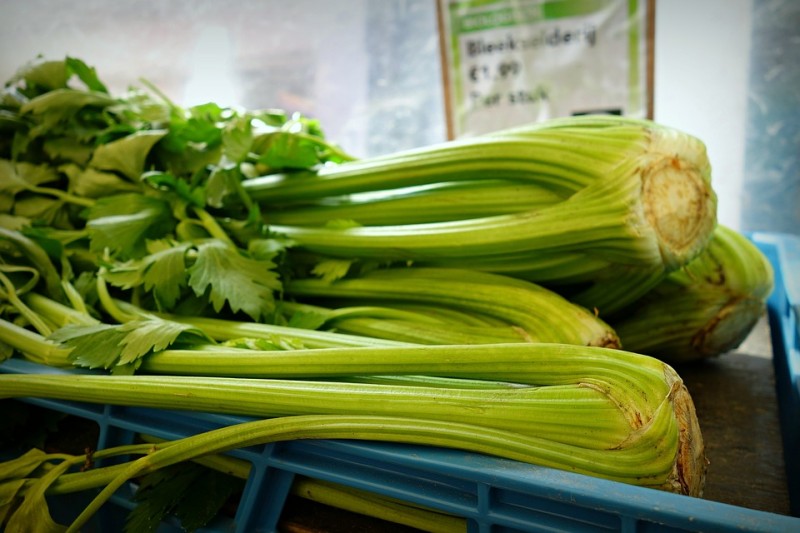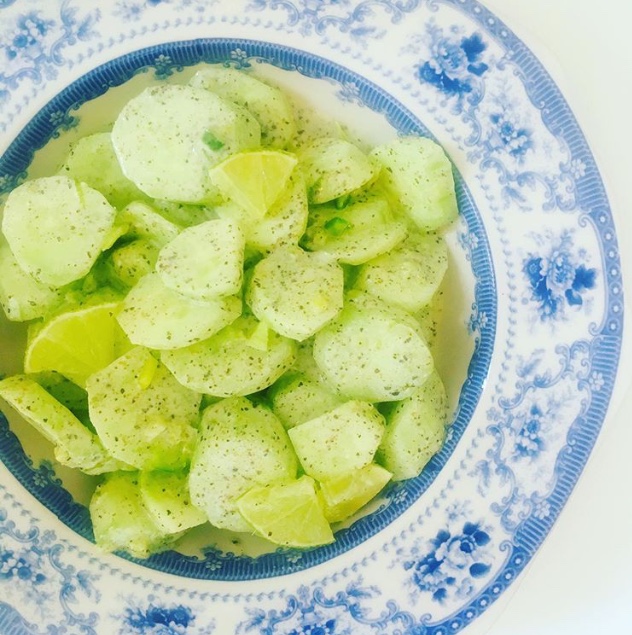In this guest blog, Friend of V for Life Siobain Dearn discusses osteoarthritis and shares some tasty suitable recipes. Any non-referenced nutritional information or advice featured has been sourced from Jane Clarke, Dr Axe or The Medical Medium. For further information, please contact those authors.
Osteoarthritis is the most common form of arthritis in the UK. It causes joints to become painful and stiff. It is a degenerative condition, developing when cartilage around the joints, especially weight-bearing joints such as hips and knees, wears away and new bone tissue grows underneath. This prevents the joints from moving as smoothly as they should, causing painful inflammation. Over time, the joints can become distorted, and the pain experienced sometimes results in people with the condition moving less. This can result in weight gain, exasperating the osteoarthritis and other related conditions.
.jpg)
Osteoarthritis can cause stiffness in the knees
Osteoarthritis cannot be cured, but can sometimes gradually improve. The NHS recommends exercise, losing weight, wearing suitable footwear, and using special devices to reduce the strain on your joints. Some nonsteroidal anti-inflammatory medication can reduce inflammation and reduce pain. Some are available over the counter from pharmacies, while others require a prescription.
Jane Clarke says that some of her osteoarthritis patients have seen improvements in their symptoms after reducing their intake of certain foods, such as sugars and acidic foods such as oranges and tomatoes. Anthony William, author of the Medical Medium, states that drinking freshly pressed celery juice in the morning on an empty stomach helps to increase the amount of hydrochloric acid in the stomach. He says that this improves the patient’s capacity to eat a fresh and varied fruit and vegetable diet, also helping the body to absorb nutrients more efficiently. While there is little scientific evidence to support the benefits of celery for osteoarthritis, his book has now become a New York Times best-seller.

Freshly-pressed celery juice has been promoted by some as being beneficial, though scientific evidence is lacking
Some studies have suggested that people with osteoarthritis might benefit from eating a varied Mediterranean-style fresh fruit and vegetable diet. People with osteoarthritis are also said to benefit from including vitamin D sources in their diet and spending a little time regularly in the sunshine. Sources of omega 3 fatty acids such as ground flaxseed are also said to be anti-inflammatory. Many vegans and vegetarians are unaware that the omega fatty acids obtained when consuming fish can be obtained through plant-based sources. Turmeric is also believed to have certain anti-inflammatory properties, and can be eaten on a regular basis. This spice has a lovely, earthy flavour and can be used fresh or dried and ground to add flavour to soups, dhals and other vegetable dishes.
Those living with osteoarthritis can sometimes experience difficulty in using kitchen tools and knives. Therefore, the following recipes are fairly simple for most to prepare. Wholefood stores sell packets of dried beans, lentils, rice and pulses, which can be easier to prepare if someone has difficulty preparing potatoes and they can add variety and different nutrients to one’s diet.
Ingredients
Method

Ingredients
Method